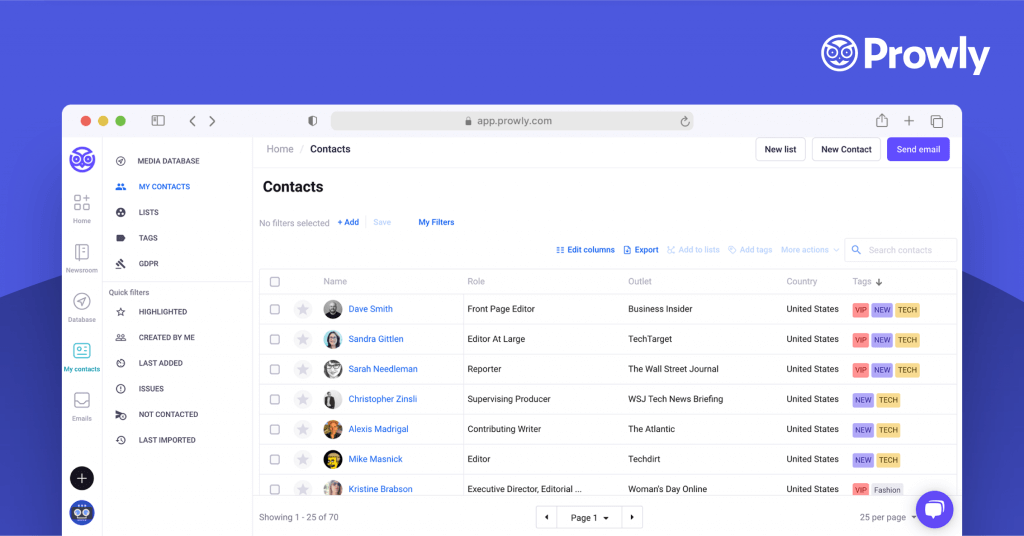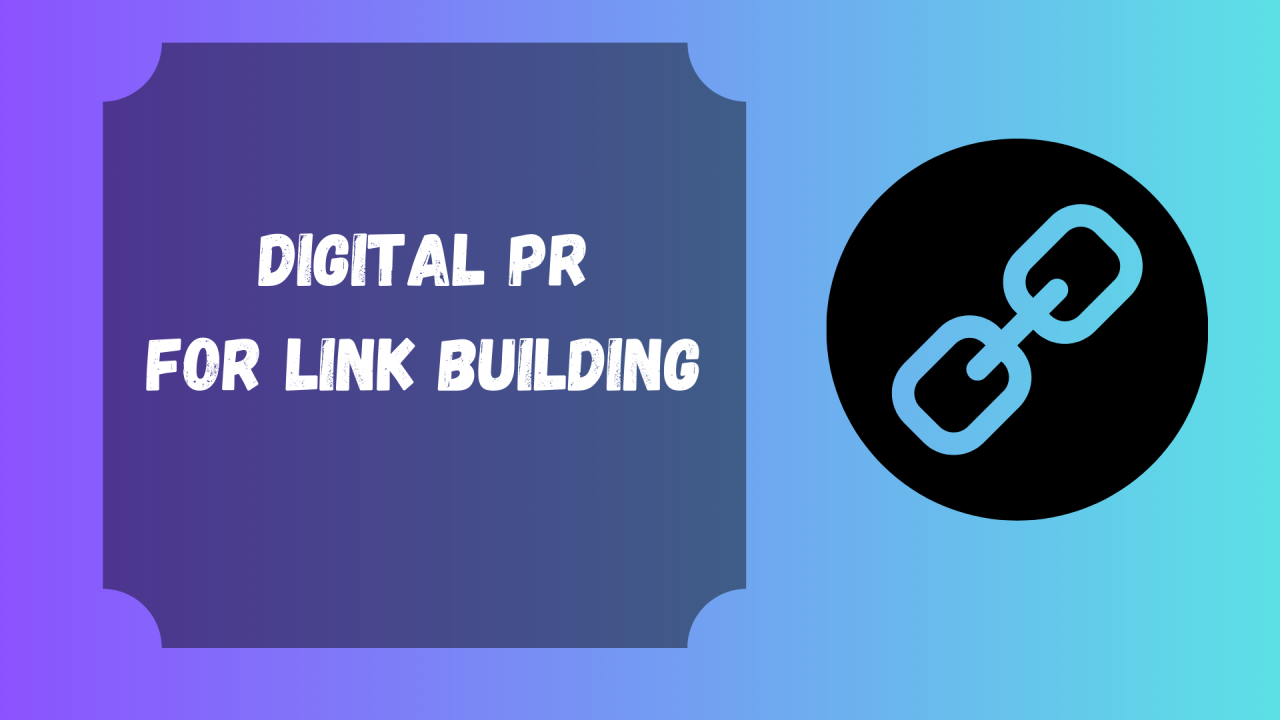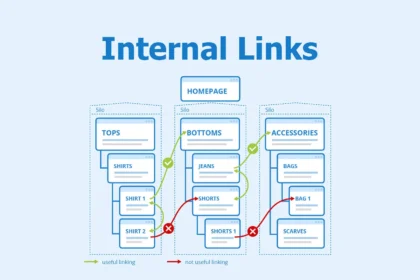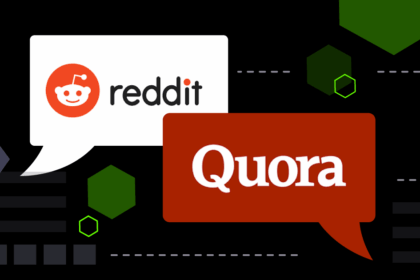In 2025, digital PR is one of the most effective and sustainable link-building strategies in SEO. As search engines become more sophisticated in understanding authority, trust, and relevance, acquiring high-quality backlinks through earned media coverage—not manipulative link schemes—is more important than ever.
Digital PR (public relations focused on online channels) combines traditional media outreach with modern SEO objectives: earning authoritative, contextual backlinks from reputable websites. But success with PR for link building requires more than blasting press releases. It’s about creating real stories that journalists and publications want to share.
Here’s how to use PR for link building in 2025, step by step.
Why PR-Based Link Building Still Works in 2025

- Editorial links from high-authority domains (e.g., Forbes, TechCrunch, Wired) remain one of the strongest ranking signals.
- These links are difficult to replicate, making them a competitive advantage.
- PR-generated backlinks are natural, contextual, and content-driven, aligning with Google’s evolving preference for authenticity and helpfulness.
- PR boosts E-E-A-T (Experience, Expertise, Authoritativeness, and Trust), which directly influences visibility in sensitive or competitive niches.
Key Elements of a Successful Digital PR Link-Building Campaign
1. Create a Linkable Asset
To attract media coverage and links, you need a compelling story or resource. Common PR-worthy content types include:
- Original research or surveys
- Data visualizations or reports
- Interactive tools or calculators
- Expert commentary on trending topics
- Unique case studies or product launches
- Thought leadership tied to current events or future trends
Pro tip: Tie your asset to a timely angle (e.g., AI trends in your industry, post-pandemic consumer habits, Gen Z workforce shifts) to increase media appeal.
2. Identify Target Publications
Not every outlet is worth your time. Prioritize media targets that:
- Have high domain authority (DA/DR)
- Are relevant to your niche or audience
- Regularly link to external sources in their articles
- Accept expert input or guest contributions
Use tools like:
- Ahrefs or SEMrush: To assess backlink profiles and DR
- Muck Rack or Prowly: To find journalists by beat or topic
- BuzzStream: To organize outreach and relationship tracking
3. Build Relationships with Journalists
Journalists receive hundreds of pitches. Stand out by:
- Following them on Twitter/X and LinkedIn
- Commenting on their stories or engaging with their posts
- Sending personalized pitches that show you’ve read their work
Relationship-building is long-term, but it pays off in repeated coverage and easier pitching over time.
4. Craft a Data-Driven, SEO-Friendly Pitch
Your pitch should be short, sharp, and story-focused. Include:
- A strong subject line with a clear hook
- A brief intro (who you are, why it matters)
- One-paragraph summary of the story or asset
- A bullet list of key stats or insights
- A link to the full resource on your site
- An offer for exclusive commentary or quotes
Example subject line:
New Report: 68% of Gen Z Say AI Will Impact Their Career Choices
Avoid attachments. Include inline images or charts if visual impact is important.
5. Leverage Newsjacking
Newsjacking means inserting your brand or expertise into breaking news or trending stories. If your founder or team can speak authoritatively on current events, offer insights to journalists covering the topic.
- Use platforms like HARO, Qwoted, and Terkel to connect with journalists actively seeking sources.
- Use Google Trends and Twitter/X Trending to identify timely angles.
Modern Tools for PR-Based Link Building

| Tool | Purpose |
|---|---|
| HARO (Help A Reporter Out) | Respond to journalist queries for expert input |
| Muck Rack | Find and contact journalists based on topics |
| BuzzSumo | Discover trending stories and influencers |
| Prowly | PR CRM to organize pitches and press lists |
| GlobeNewswire / BusinessWire | Paid distribution (for brand visibility, not links) |
| Ahrefs/SEMrush | Track backlinks and campaign results |
PR Link Building Tactics That Work in 2025
✅ 1. Exclusive Data Stories
Unique industry insights, especially when presented visually, are link magnets. Even smaller studies (e.g., 300 survey responses) can gain traction if they provide fresh angles.
✅ 2. Expert Commentary & Quotes
Position founders, executives, or subject matter experts as go-to voices in your field. Journalists love credible sources who can simplify complex topics.
✅ 3. Thought Leadership Guest Posts
If top-tier publications don’t link to commercial pages, contribute in-depth articles as an industry voice. Even if the post includes a nofollow link or brand mention, it builds SEO value and authority.
✅ 4. Reactive PR
Set up alerts and dashboards to track breaking news in your niche. Offer quick expert analysis or data-driven responses. Fast, relevant commentary can result in high-authority coverage.
✅ 5. Product or Tool Launches
Launching something new—especially free or innovative—can attract tech and niche press. Make it newsworthy with a strong angle, not just a “we launched something” pitch.
Measuring PR-Driven SEO Results
- Backlink Quality
- Use Ahrefs, Moz, or SEMrush to check domain rating and anchor text.
- Focus on contextual links from editorial content (not press releases).
- Referral Traffic
- Track UTM-tagged links and view performance in Google Analytics.
- Keyword Movement
- Monitor how target pages improve in search rankings after PR link acquisition.
- Brand Mentions
- Use Google Alerts or Brand24 to catch unlinked mentions and convert them into backlinks.
- Coverage Volume
- Track how many placements you earn per campaign (including follow-up stories).
PR Pitfalls to Avoid

🚫 Mass emailing journalists with generic pitches
Personalization is critical. Generic outreach gets ignored—or worse, blacklisted.
🚫 Relying only on press release syndication
These rarely earn SEO value and are no substitute for true editorial coverage.
🚫 Over-optimizing anchor text
Don’t try to force exact-match keywords into editorial links. Let journalists write naturally.
🚫 Not aligning PR with content strategy
If your site doesn’t have strong supporting content (landing pages, blog posts, data reports), you’ll miss the opportunity to rank.
Final Thoughts
In 2025, the best link building is indistinguishable from good marketing—and PR is the clearest path to that outcome. It’s credible, scalable, and aligned with Google’s increasing focus on experience, authority, and authenticity.
By pairing newsworthy content with smart outreach and long-term journalist relationships, you can earn links that not only improve rankings but also build trust, visibility, and lasting brand impact.
PR isn’t just about promotion anymore. It’s your SEO growth engine—when used right.






